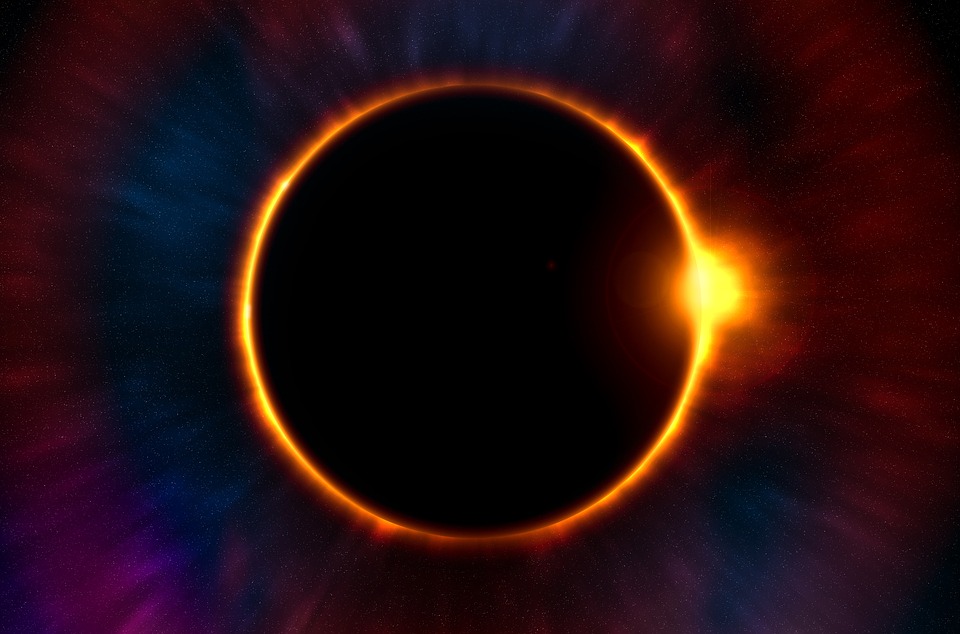Excitement for Monday afternoon’s solar eclipse runs high in Morgantown as residents prepare to experience the deceptively frequent event with education, equipment and even some travel.
Starting at one o’clock Monday afternoon, the moon will appear to take a bite out of the sun from a West Virginian vantage here in Morgantown. At this latitude it will be a particularly big bite, a little more than 80%. The last time West Virginians got such a view was in the last century, 1994, so demand for safe viewing glasses is high. At the Kroger on Patteson Avenue almost 1000 glasses sold in a rush. “We had them about three weeks and the closer it got to the date — most of them sold last weekend.” Manager Jeff Tichnell said. “We’ve still got people asking for them.”
There are still viewing opportunities for anyone who can’t find their own glasses. The transit will last a couple hours and there’s always the hope that a friendly viewer will share. If you don’t want to risk that, though, consider making a pinhole camera. This ancient method was used by Aristotle to view an eclipse in 300 BC. Find instructions from the Jet Propulsion Laboratory here: https://www.jpl.nasa.gov/edu/learn/project/how-to-make-a-pinhole-camera/.
To really get in the spirit of things consider WVU’s pre-eclipse party Saturday in the Physics and Astronomy Department at White Hall from 9 am-noon. Professors and students energized by the power of the event will be on hand to infect attendees with their enthusiasm. Dr. Maura McLaughlin, the Eberly Family Distinguished Professor, said, “Even as a professional astronomer, I still find it awe-inspiring that we are able to predict such events so precisely using the same basic physics that students learn in introductory classes here at West Virginia University. For nearly all of our students here in WV, this will be the first solar eclipse they’ve experienced (for me too!). It’s an incredibly affirming reminder of the importance and power of science in our lives.” Pre-eclipse party attendees get passports to guide them on a tour of lectures, hands-on activities and rooftop viewing with solar-filtered devices.
The truly dedicated will hit the road for several hours to view the eclipse along its path of totality somewhere between Oregon and South Carolina. Scientists do so to view the Sun’s corona at the full eclipse allowing for precise measurements and charting. Said Dr. McLaughlin: “The main thing is that you can map the gas around the Sun. The gas will follow the magnetic field lines, so you are really mapping the magnetic fields. There is just no way to do this as accurately as during a solar eclipse, and the shape of the magnetic field lines really answers some fundamental questions about the physics of stars.”
Other travelers have reasons of their own. Jack Whitmore, a planner with the City of Morgantown, is traveling with his family to Greenville, SC to witness the giant shadow. “This is a once-in-a-lifetime opportunity to see astrophysics in action,” Whitmore said. Along the way Whitmore is also hoping for some professional development and understanding of eclipse economics to aid his work in Morgantown. “I’m interested to see how it works from all angles…in a rural area how it’s able to handle the challenges with infrastructure.”
The next North American total solar eclipse will be in 2024. Try to take a late lunch and head out to Dorsey’s Knob or another public park for a great view.

